While wall-to-wall carpeting may be a relatively recent concept, rugs have been in existence for centuries. While the exact date of origin of carpet is not known, the earliest surviving carpet is the Pazyryk carpet. Discovered in the 1920s during an archaeological dig, the rug is now located at the Hermitage Museum in St. Petersburg, Russia.
Carpeting came to America in 1791, when the first carpet mall opened in Philadelphia. Among the many other carpeting shops that opened throughout the northern U.S. soon after was Beattie Manufacturing Company, a New Jersey company that operated in the area until 1979.
The Road to Wall-to-Wall Carpeting
In the mid 1800s, carpet mill owner Erastus Brigham Bigelow founded the power carpet loom, which dramatically increased the speed for manufacturing carpets. This advanced carpet manufacturing in a way that eventually led to the creation of Mohawk Carpeting Mills. Mohawk was responsible for the manufacture of Karnak Wilton carpeting, which became a huge success.
While area rugs have remained popular since, by the middle of the 20th century homeowners were completely covering their wood floors with carpet. Following World War II, the carpeting industry sold approximately six million square yards of wall-to-wall carpet. By the 60s, consumers were experimenting with bold shades and thick textures, leading to homes with wall-to-wall shag carpeting in extreme colors like green and orange.
Changing Trends
The 60s and 70s were a creative time for American homeowners. Using the many carpeting colors and styles available, consumers turned their homes into colorful creative playgrounds. By the 80s, though, a trend toward more subtle options began to emerge. Instead of choosing bold green shag carpeting for a new living room, a homeowner was more likely to opt for a more subdued light blue or pale pink.
Another factor in changing carpet styles was mobility. Unlike their parents, in the 80s and 90s homeowners realized they could move to new houses as their needs changed, selling existing homes at a profit. Added to this was the number of homeowners who began “flipping” homes to make money. This created a need to make more universally popular carpeting choices, including neutral tones that could match a variety of decors.
Carpet Today
Contemporary homes usually implement a mixture of hardwood flooring, tile or linoleum, and carpet. Area rugs are often used to add character to large spaces. For bedrooms and bonus rooms, carpeting is still a top option, with neutral tones still being the most popular. Unlike the plain Berber carpets of the 90s, however, customers today have a variety of color and pattern options that make a room unique without being so extreme that it won’t sell to someone else in a few years.
While wall-to-wall carpeting may not be seen in every room of new homes, its popularity endures. Homeowners still know the value of having soft walking space in bedrooms and bonus rooms, while incorporating rugs in rooms with hardwood flooring. As carpet trends continue to gradually change, homeowners will likely always maintain a preference for carpeting that will increase a home’s value.



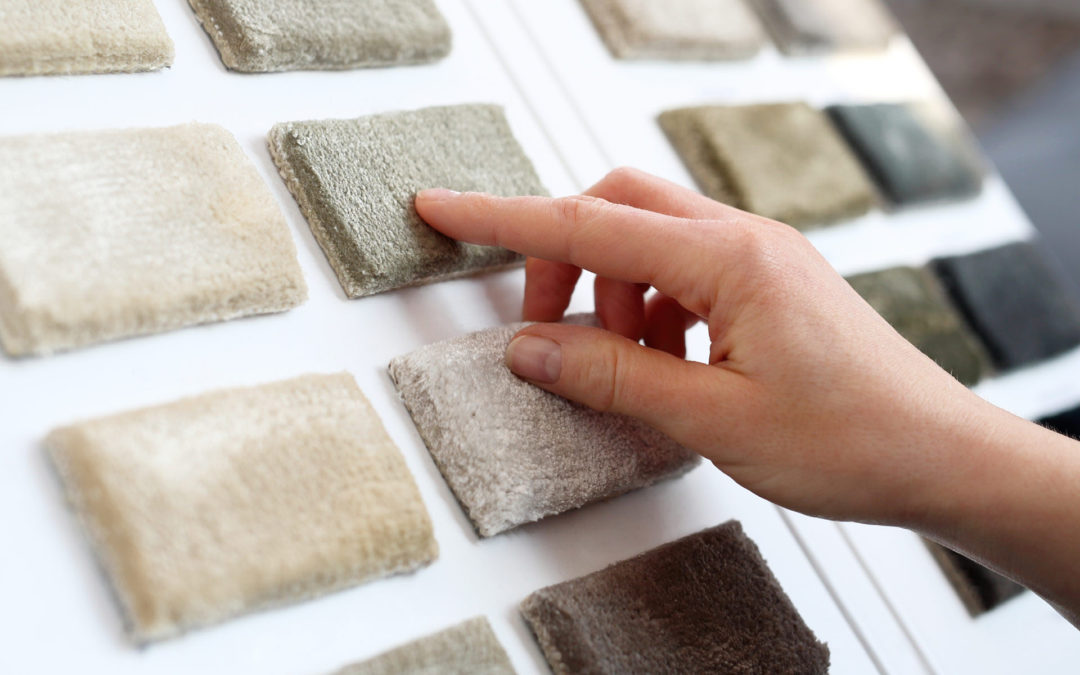


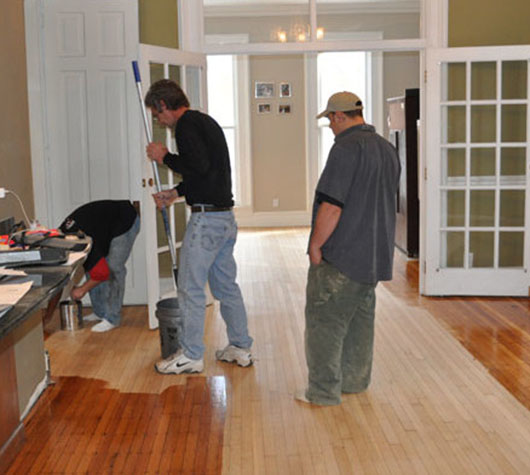 Repairing Scratched Hardwood Floors
Repairing Scratched Hardwood Floors
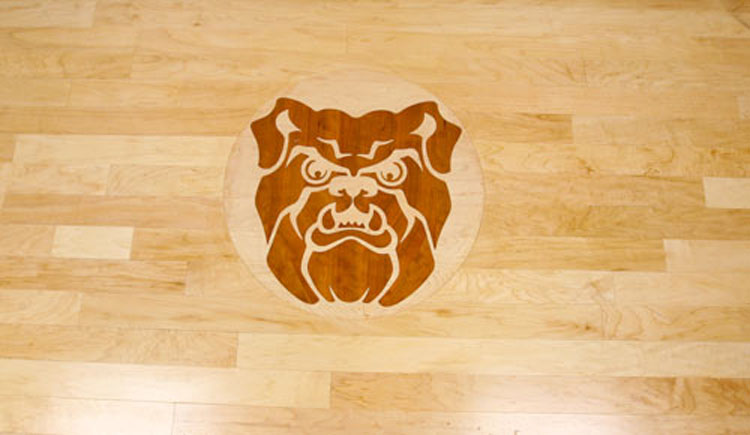 Hinkle Fieldhouse Butler Univers...
Hinkle Fieldhouse Butler Univers...
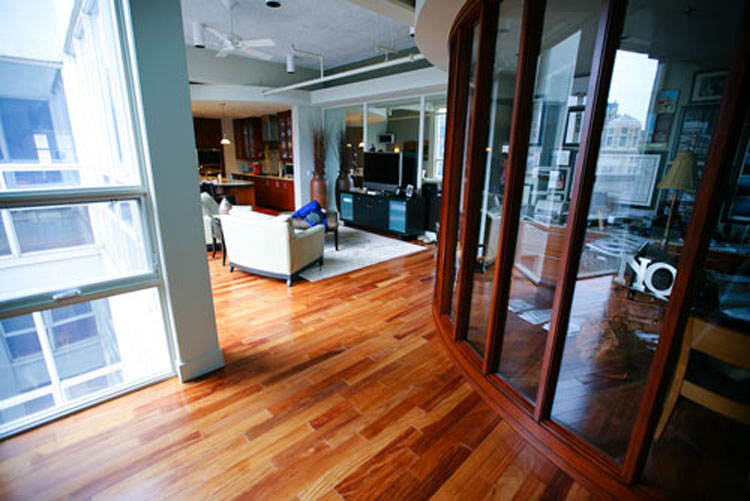 Penthouse Town Home Downtown Ind...
Penthouse Town Home Downtown Ind...
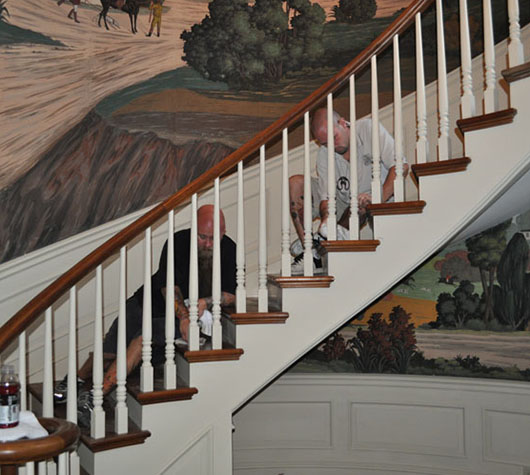 Antique Flooring Restoration
Antique Flooring Restoration
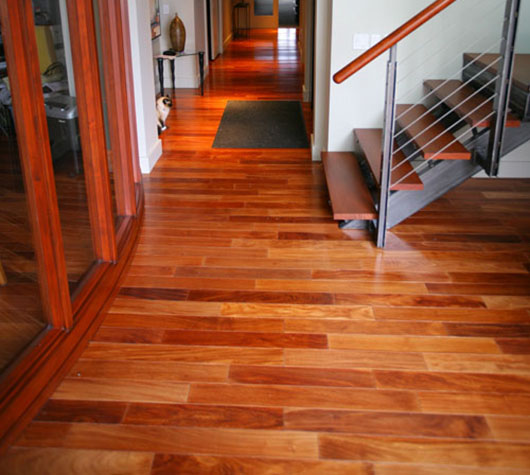 Brazilian Cherry Hardwood Floors
Brazilian Cherry Hardwood Floors







